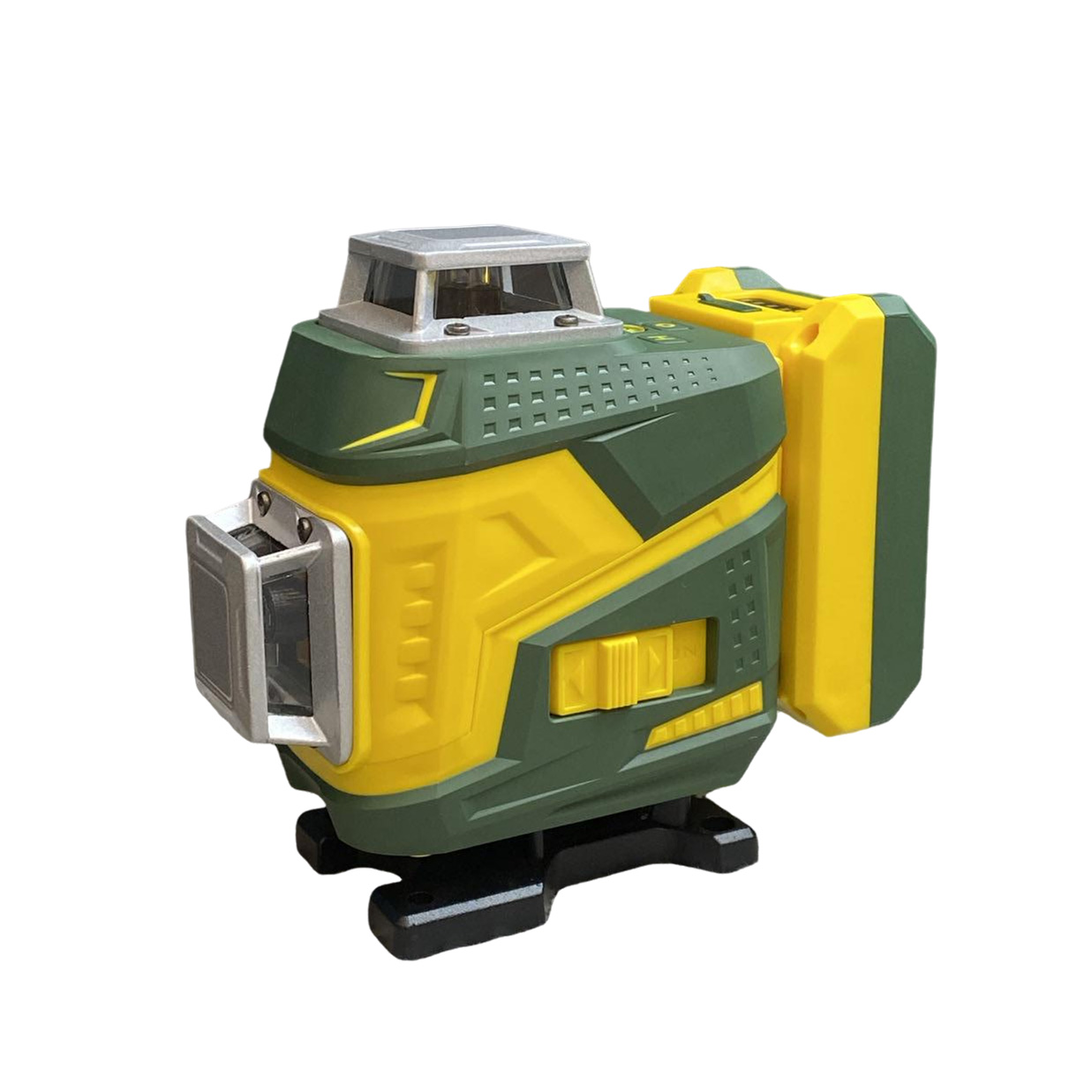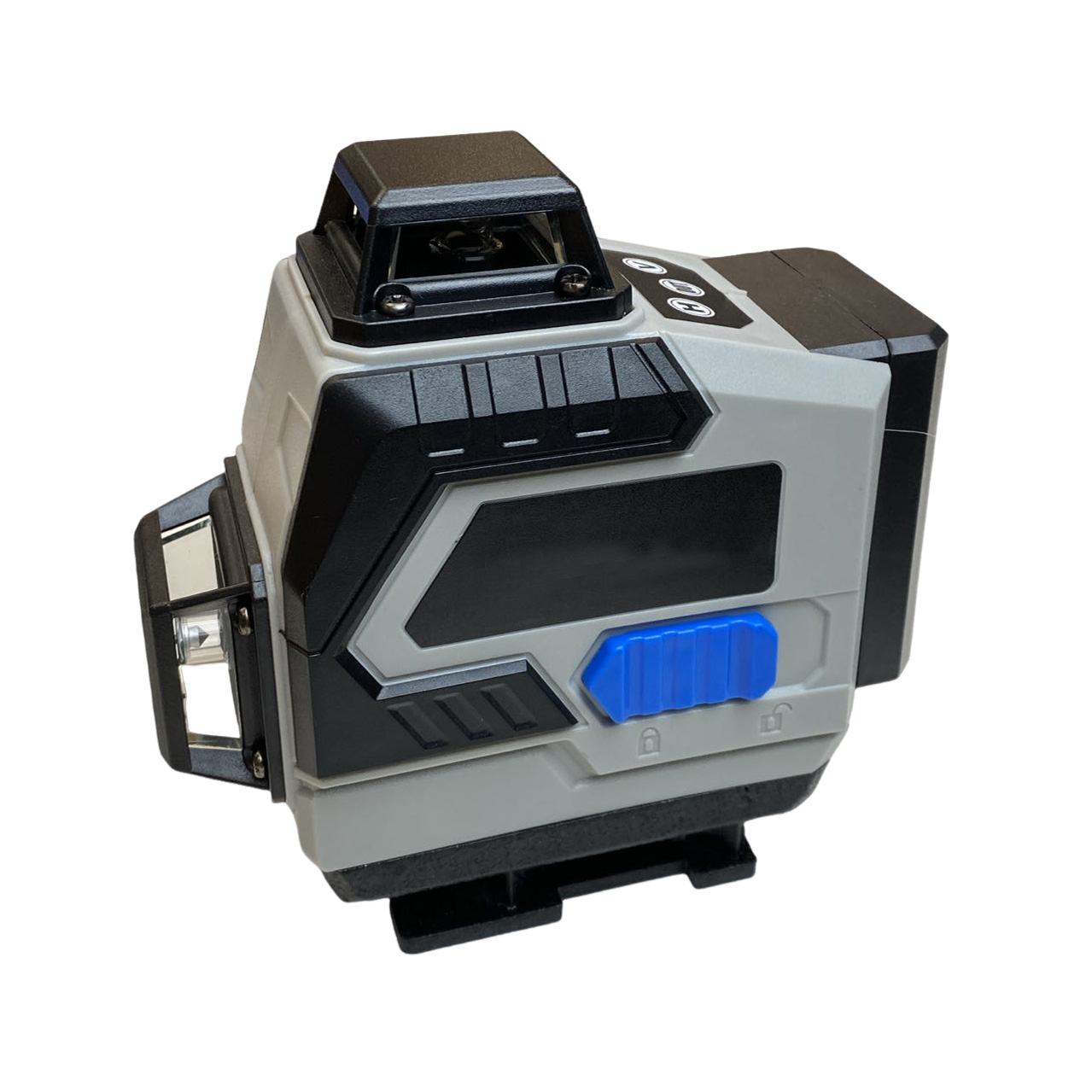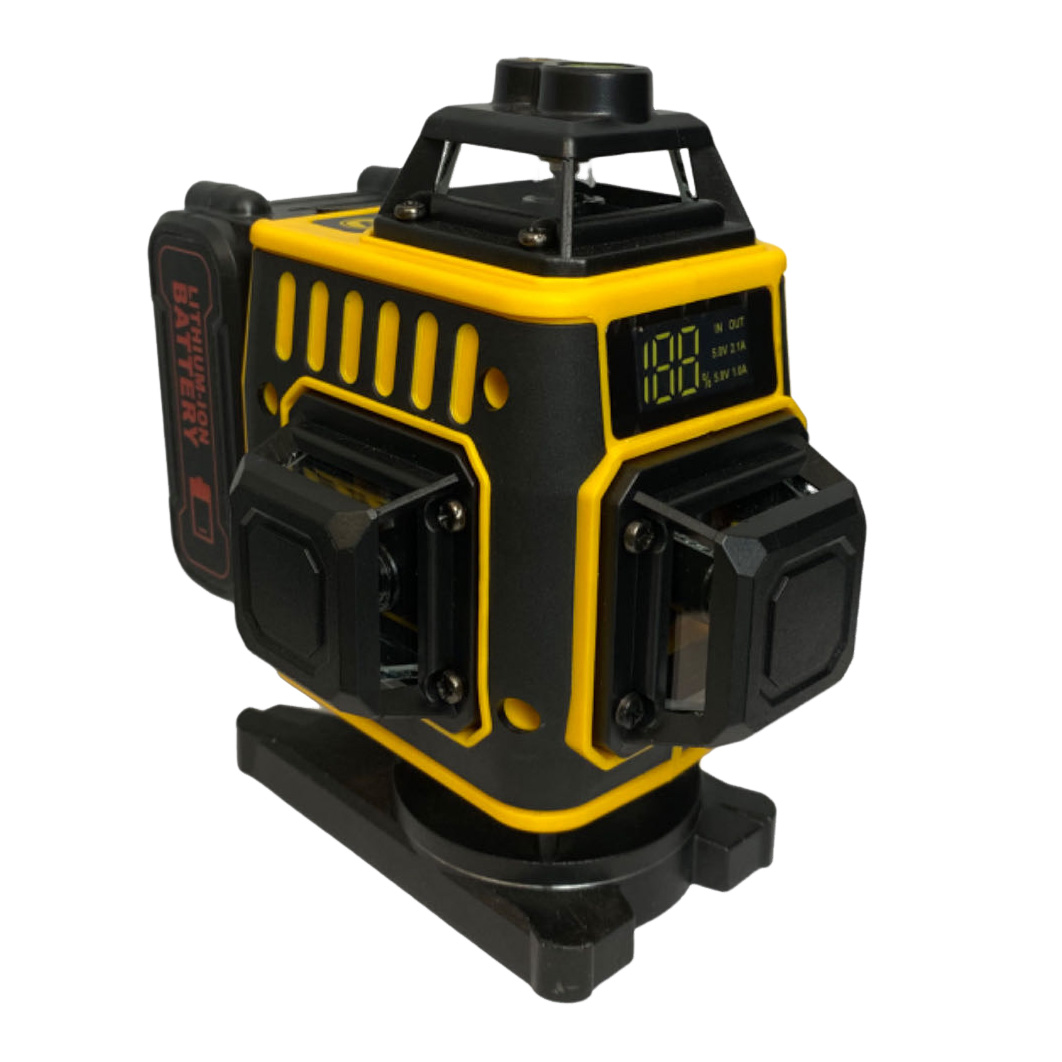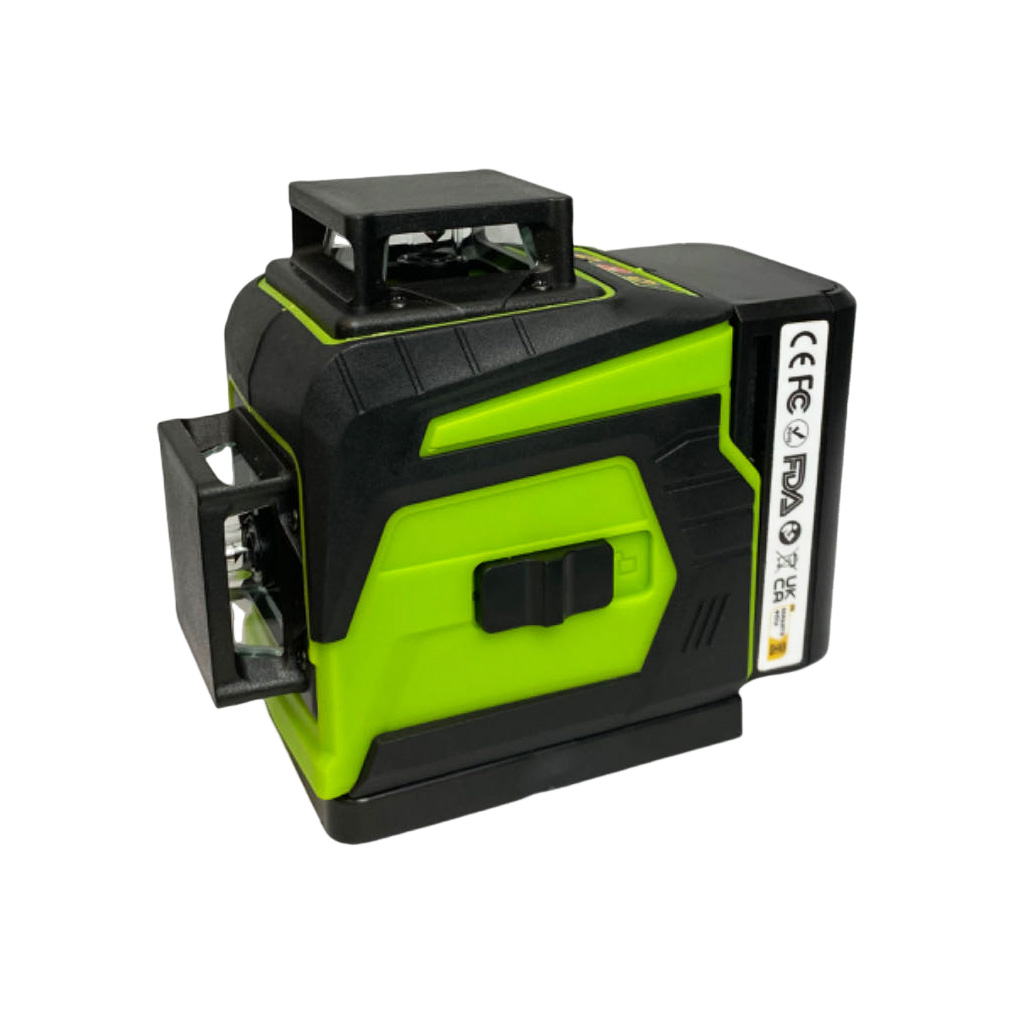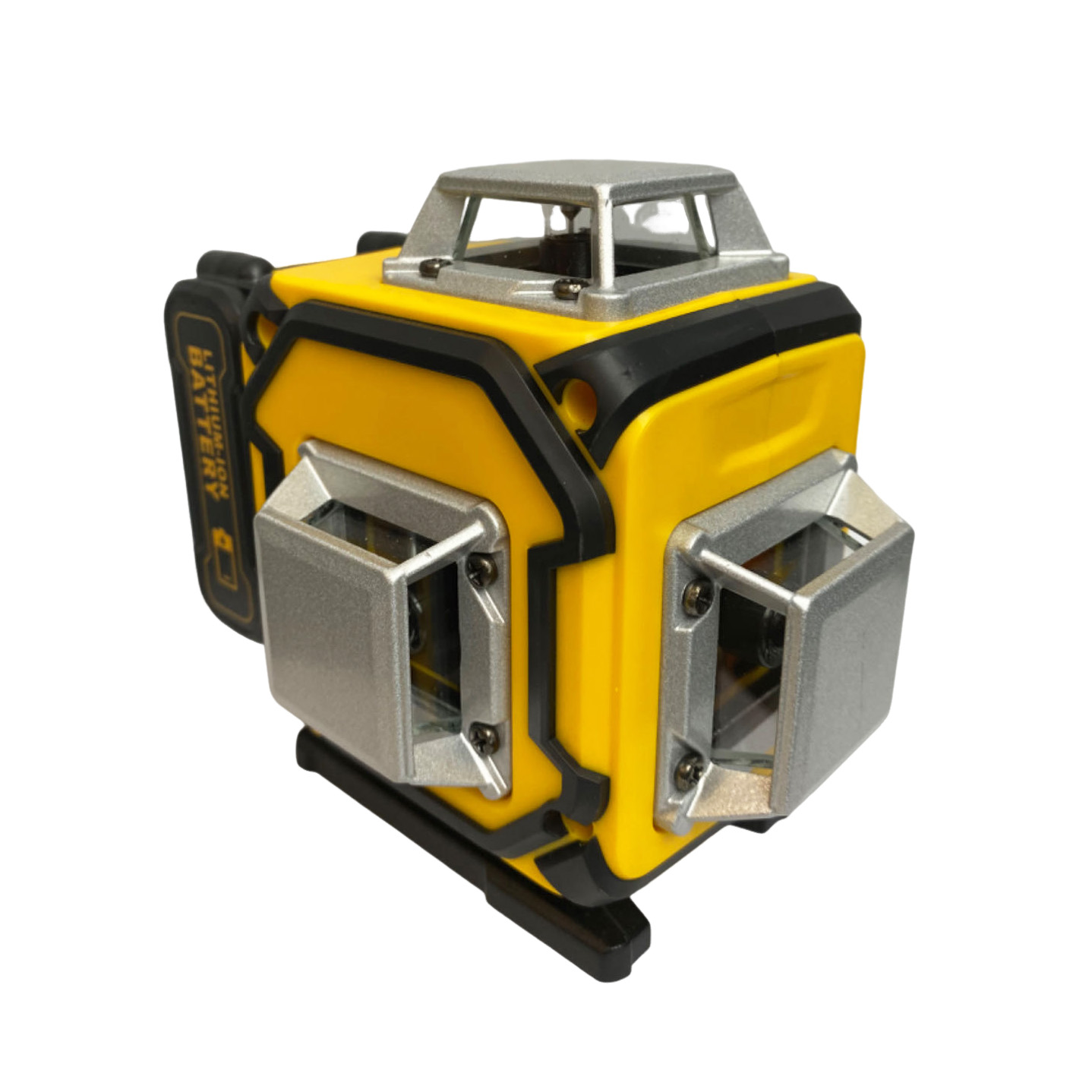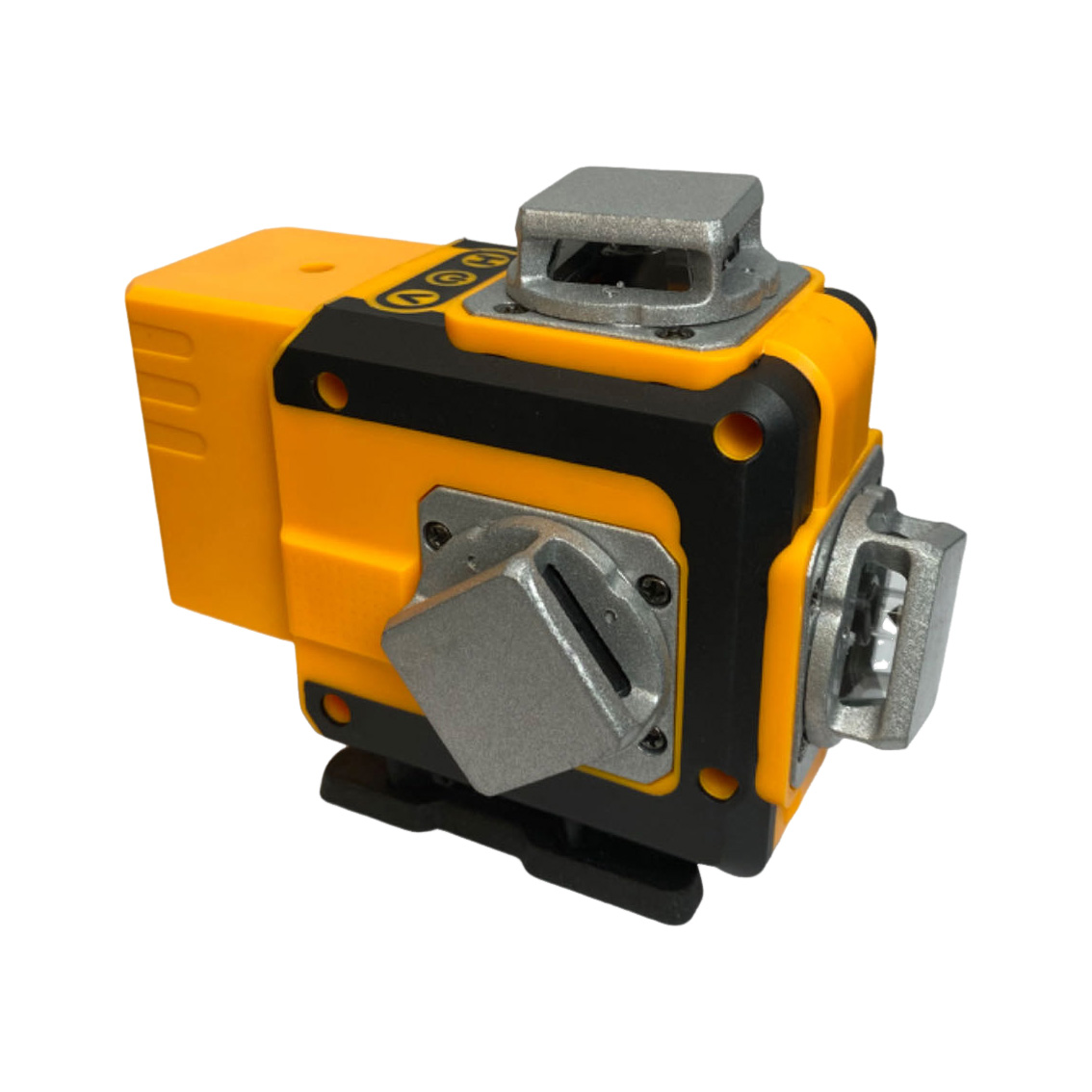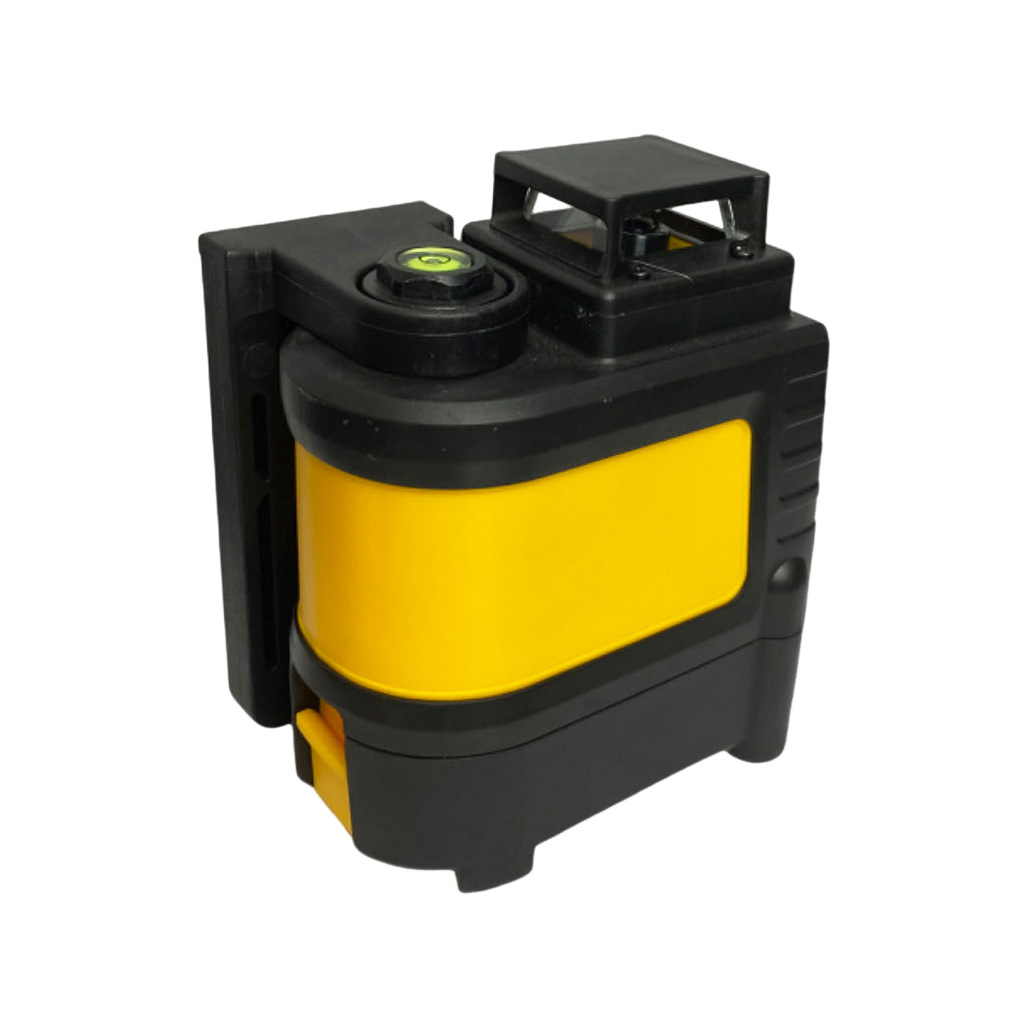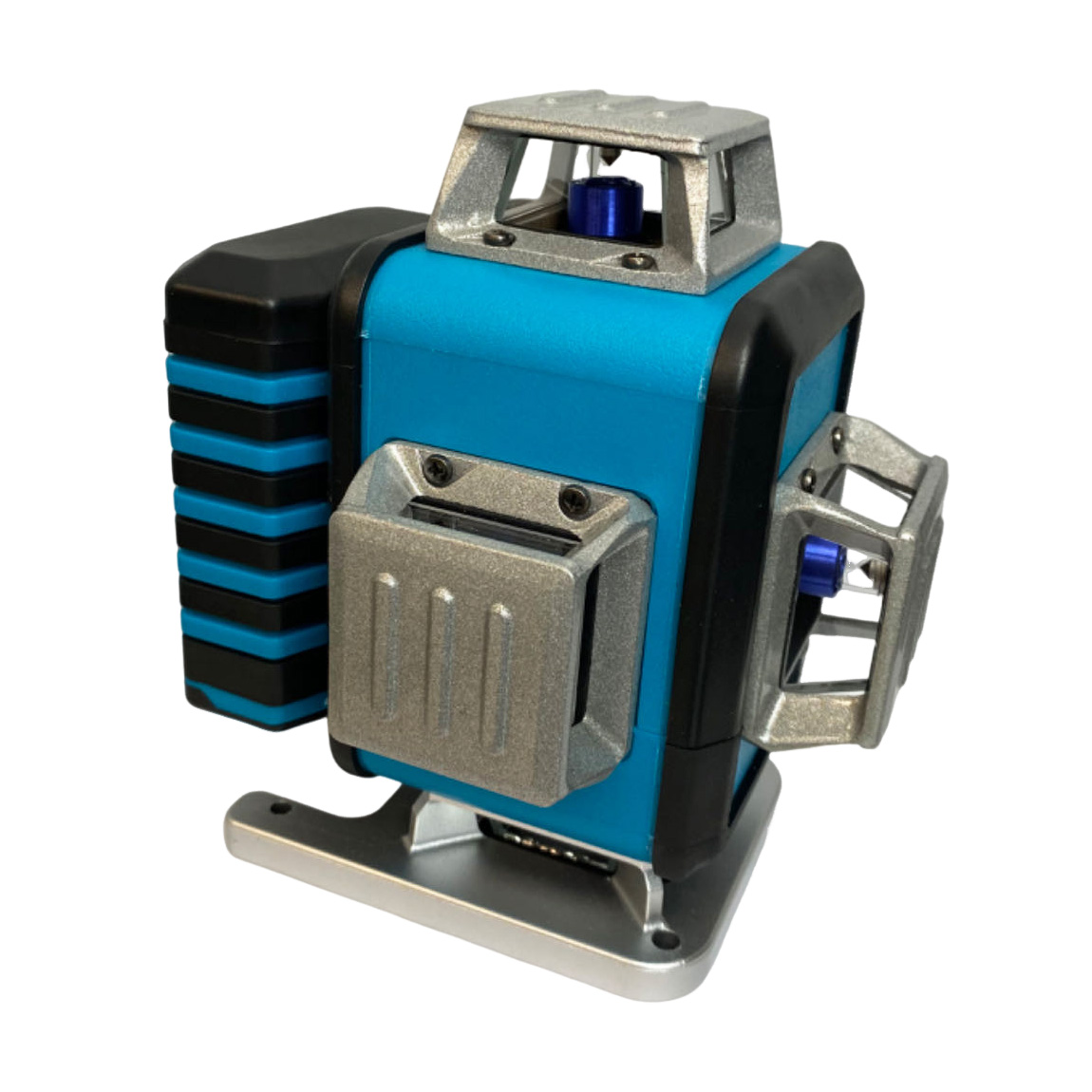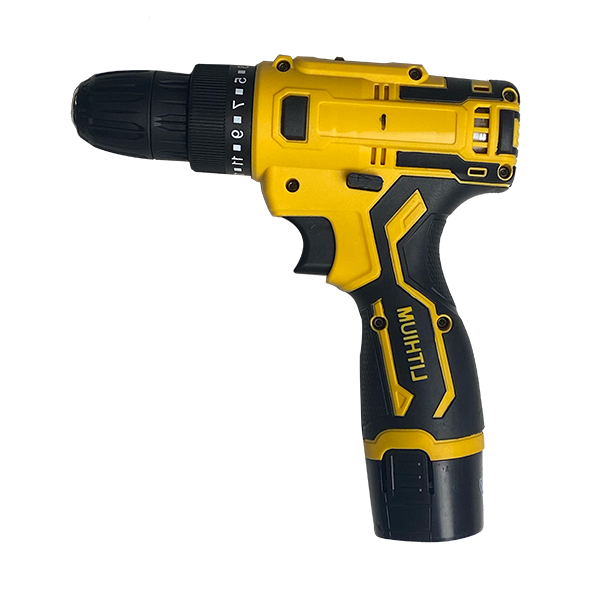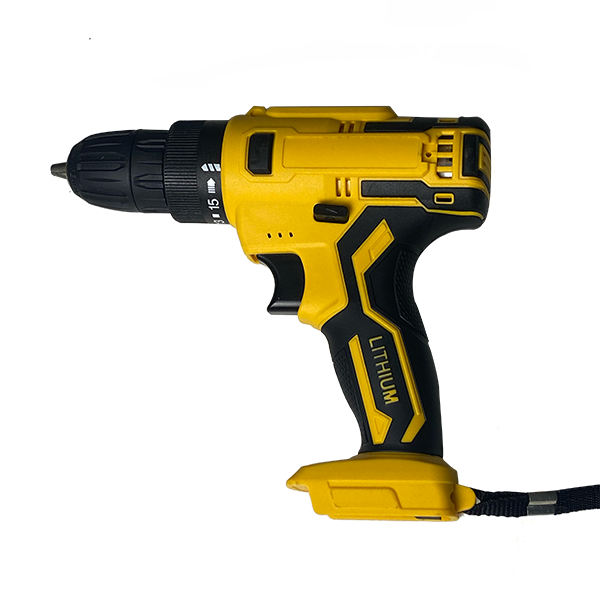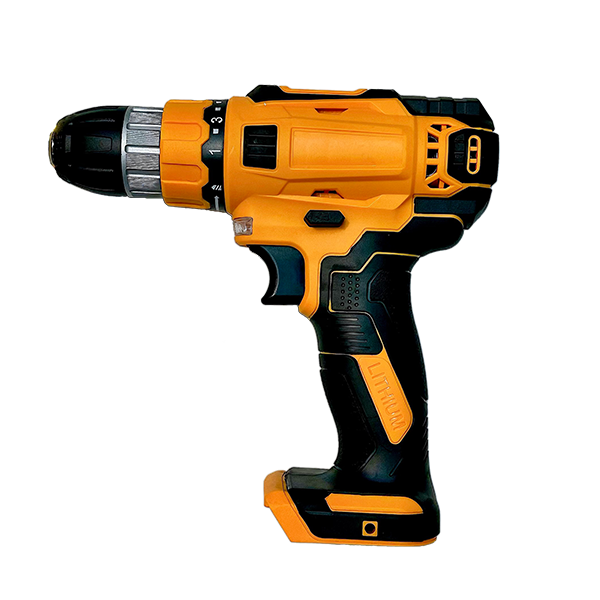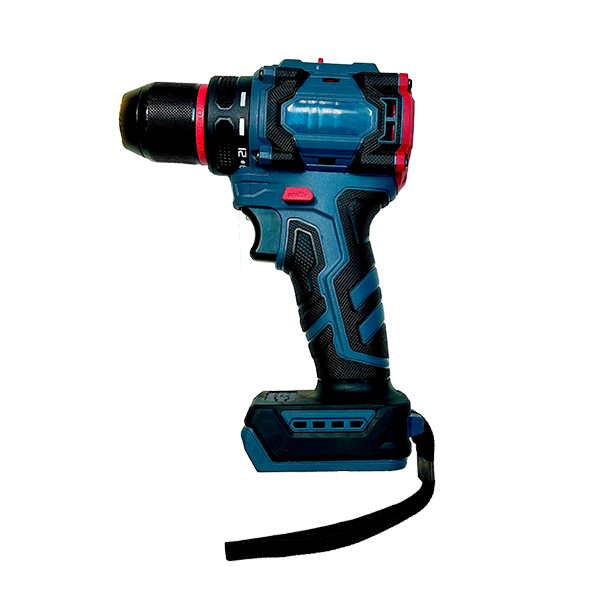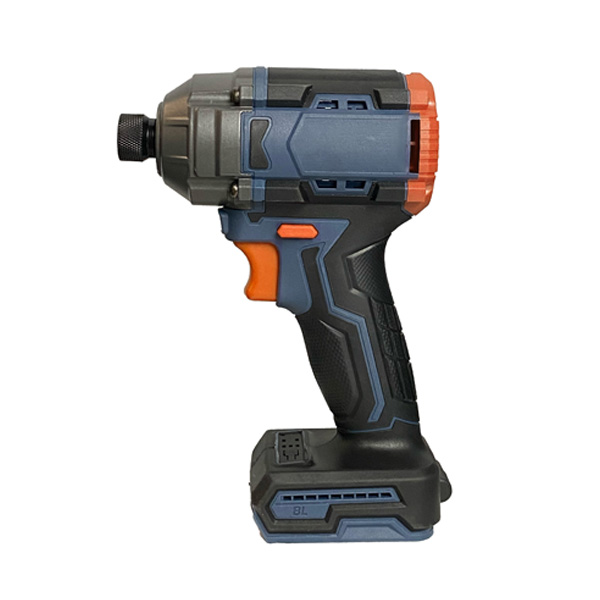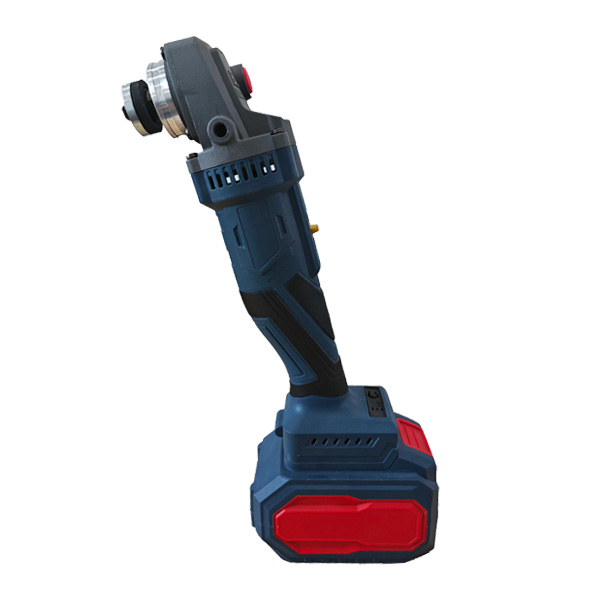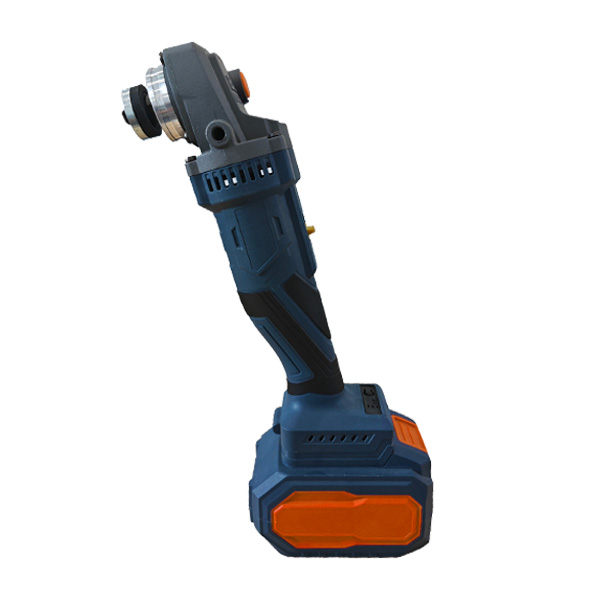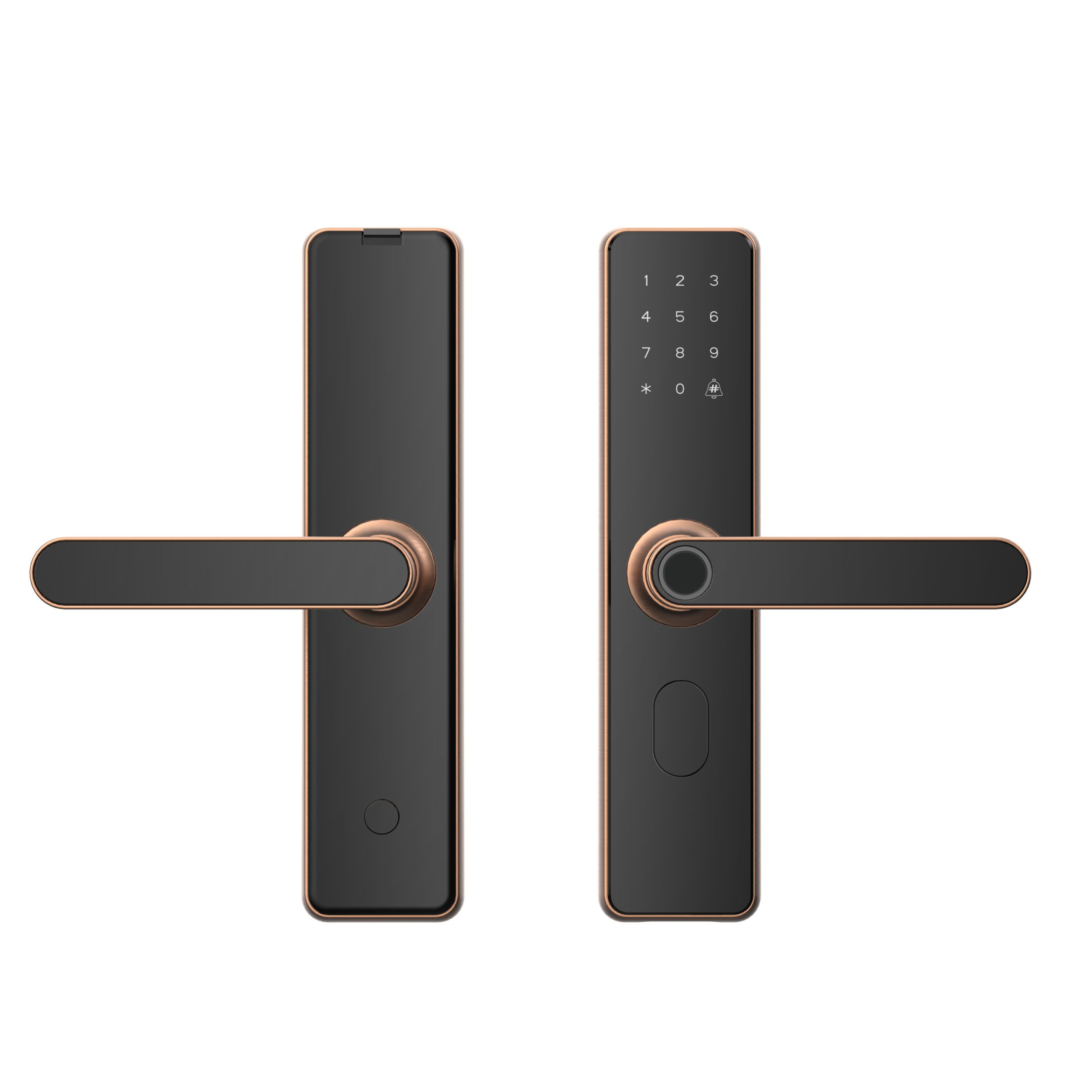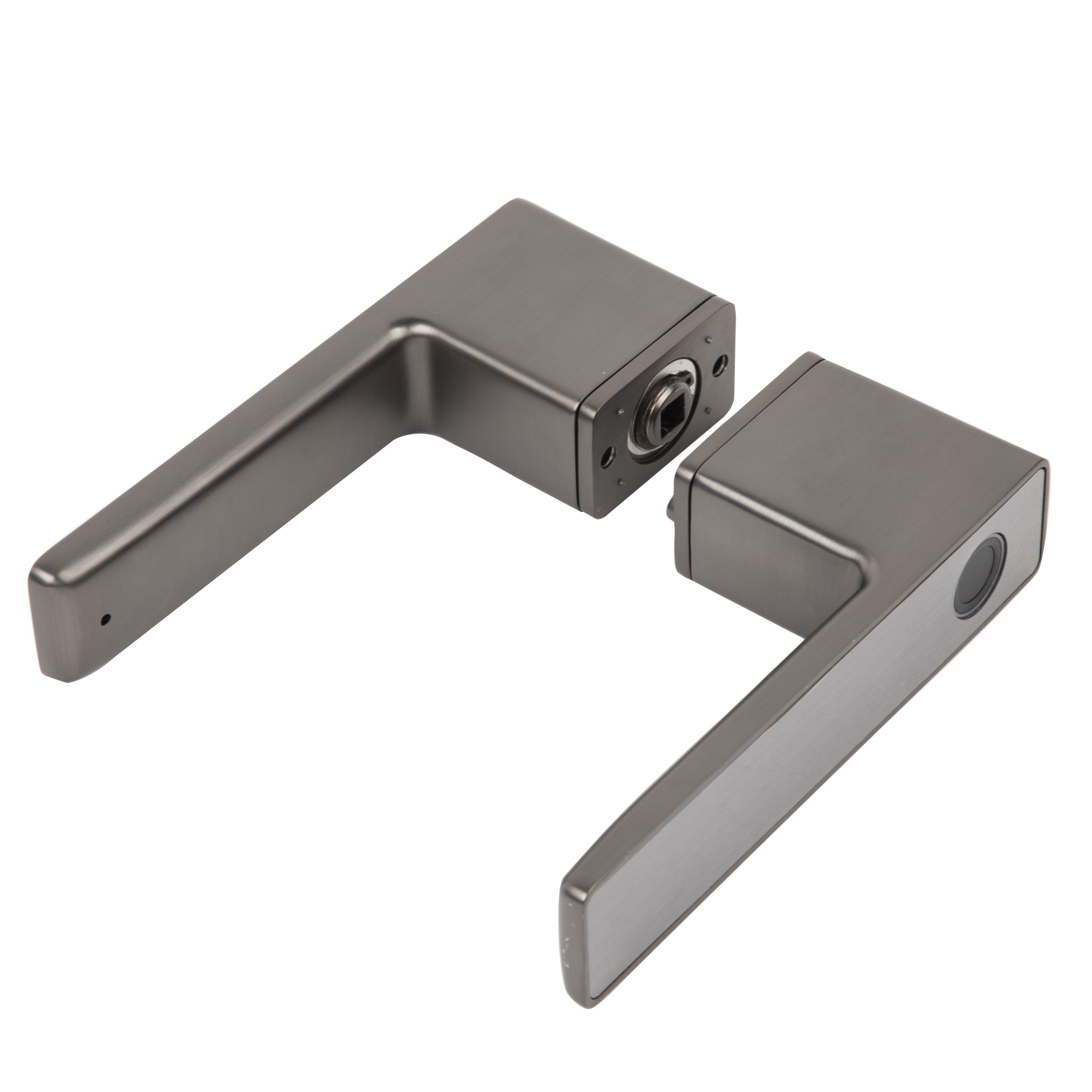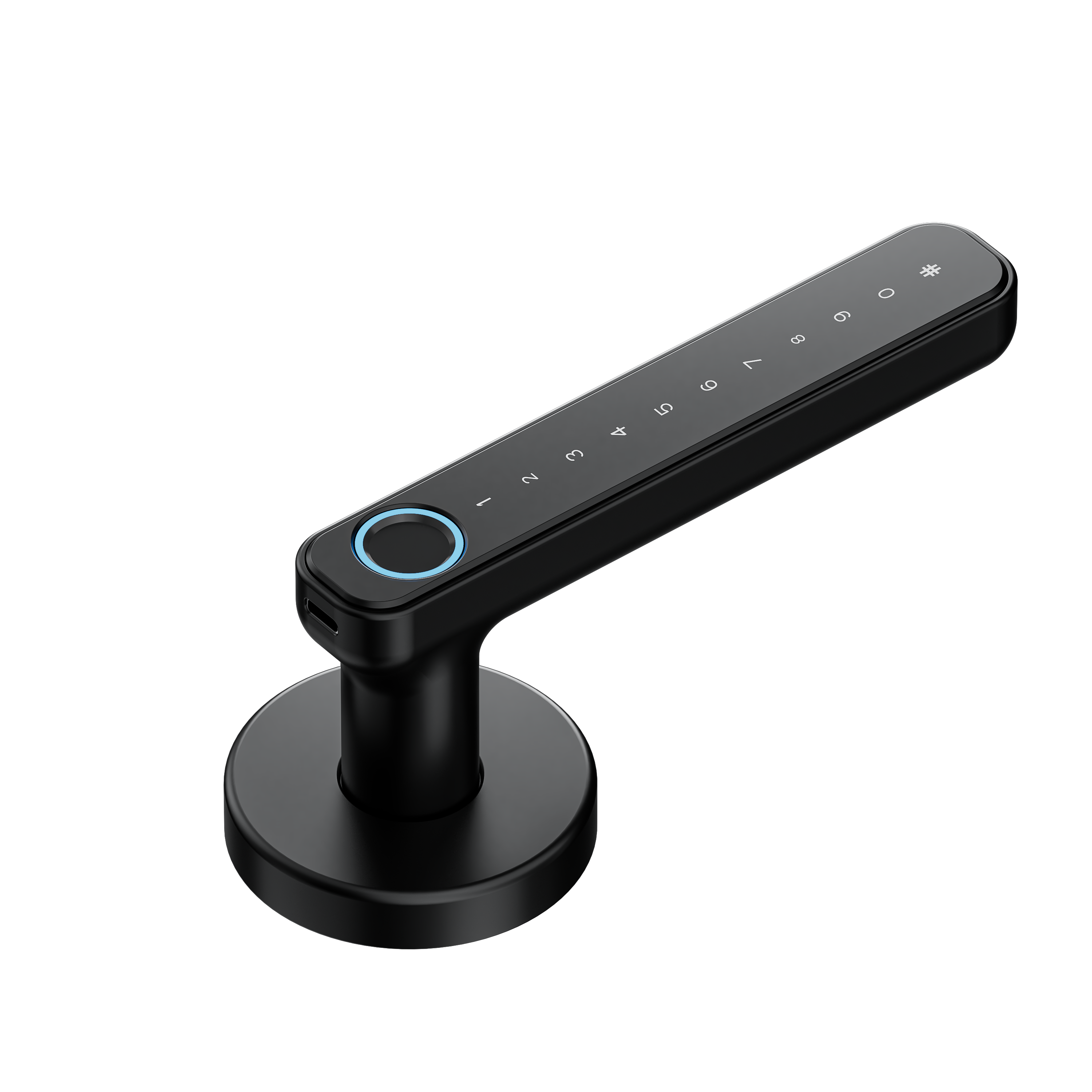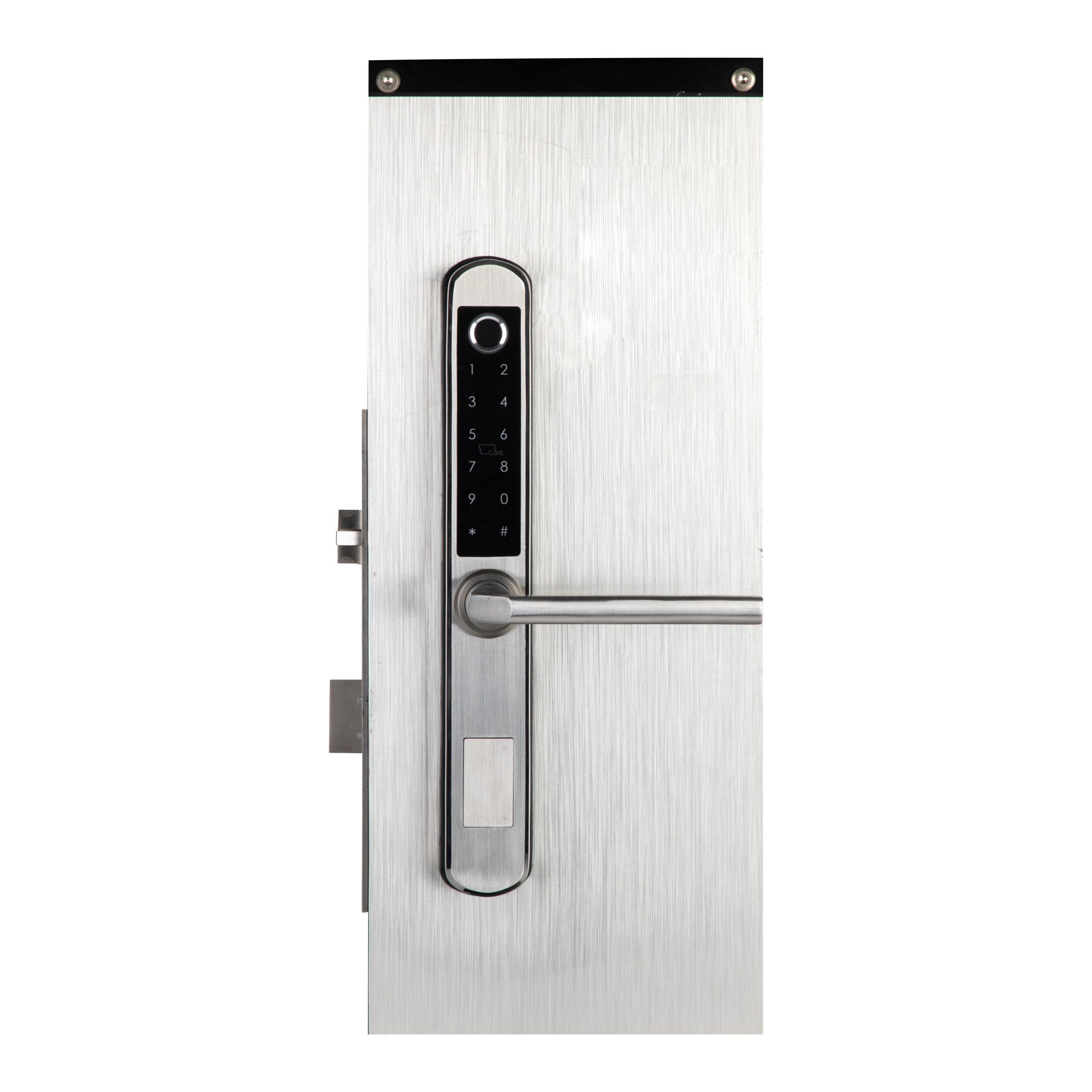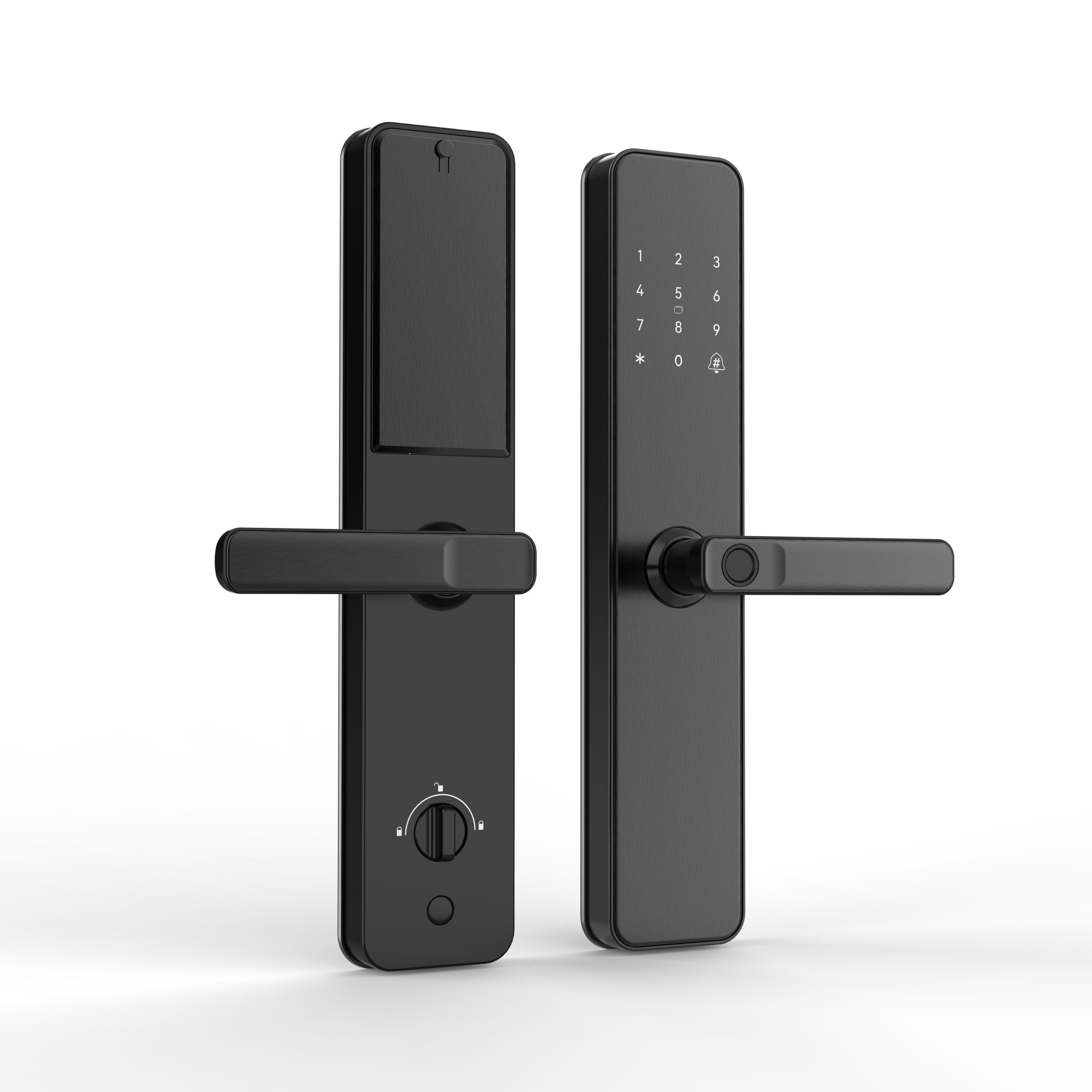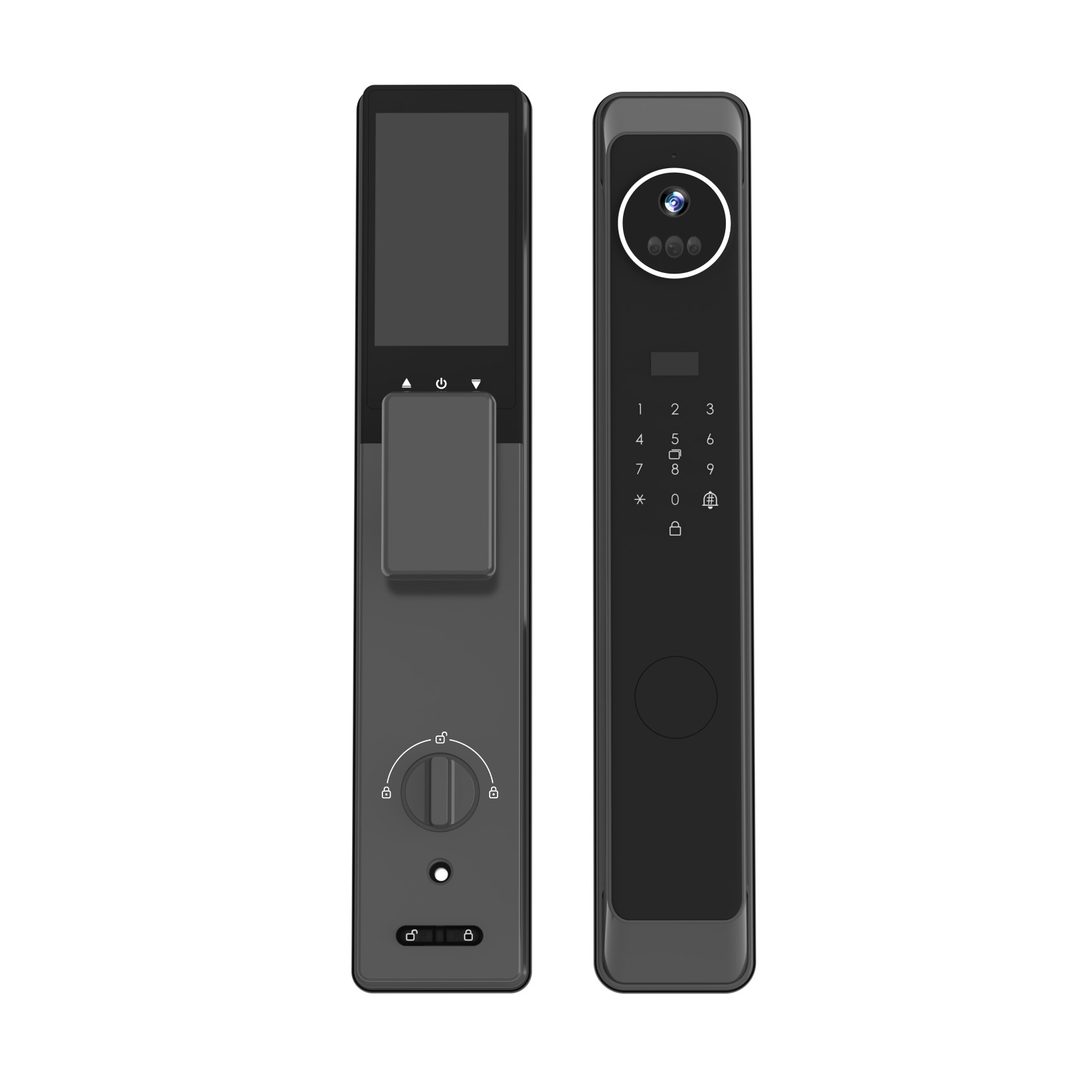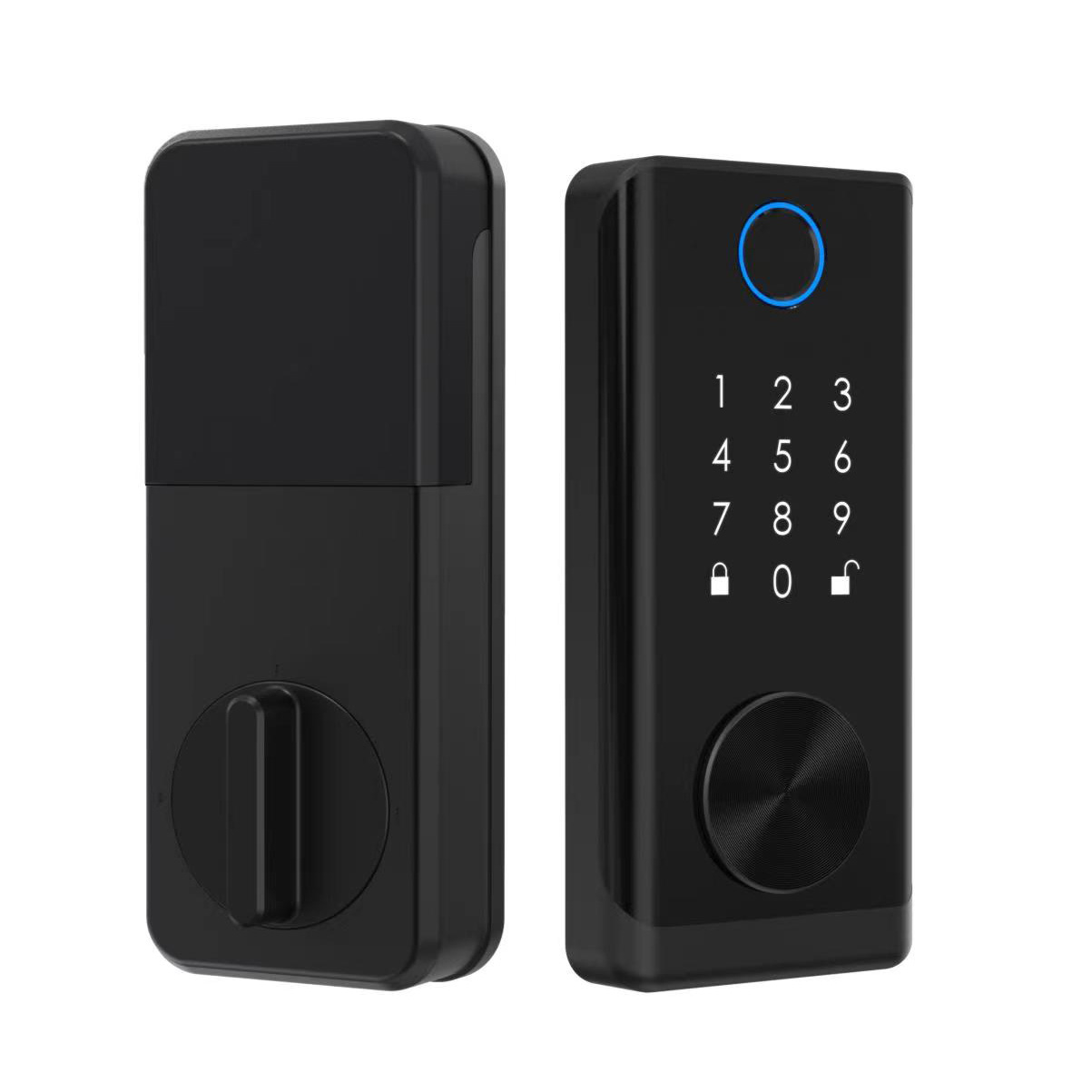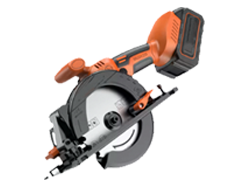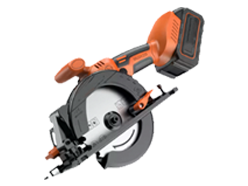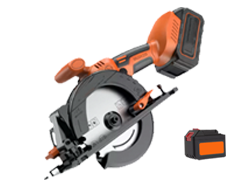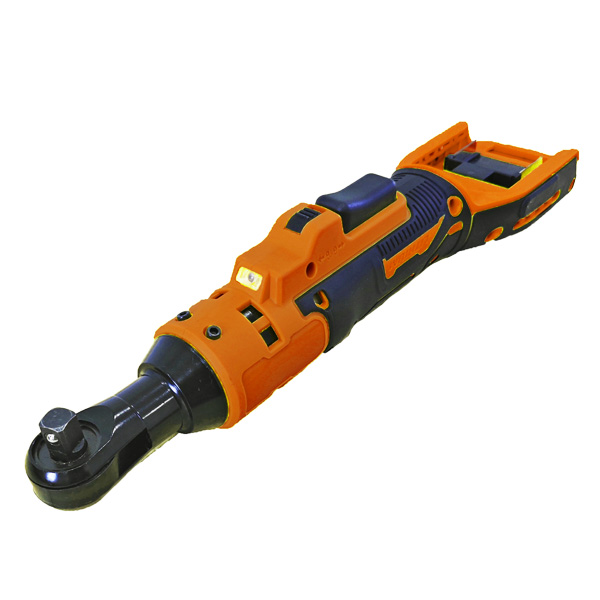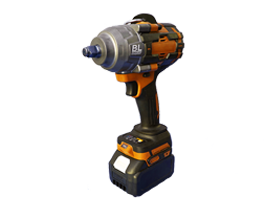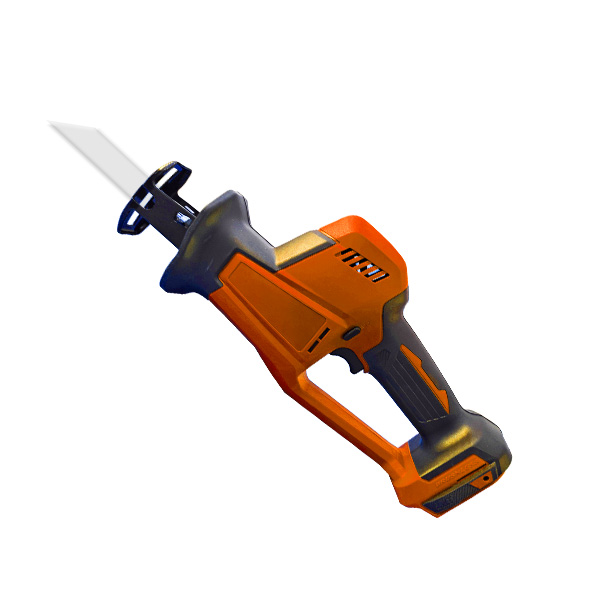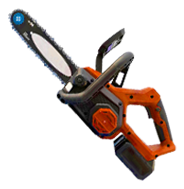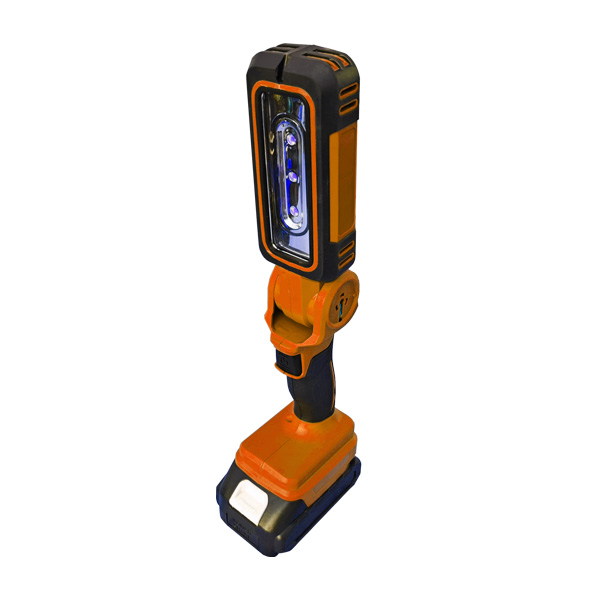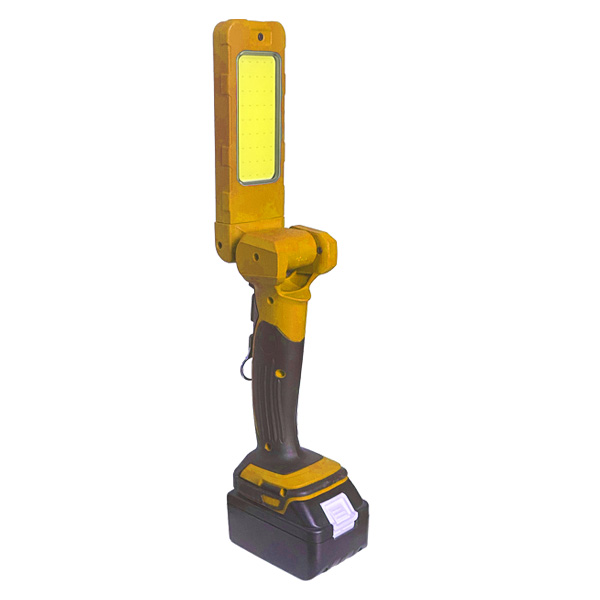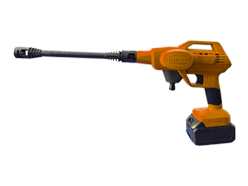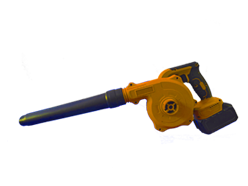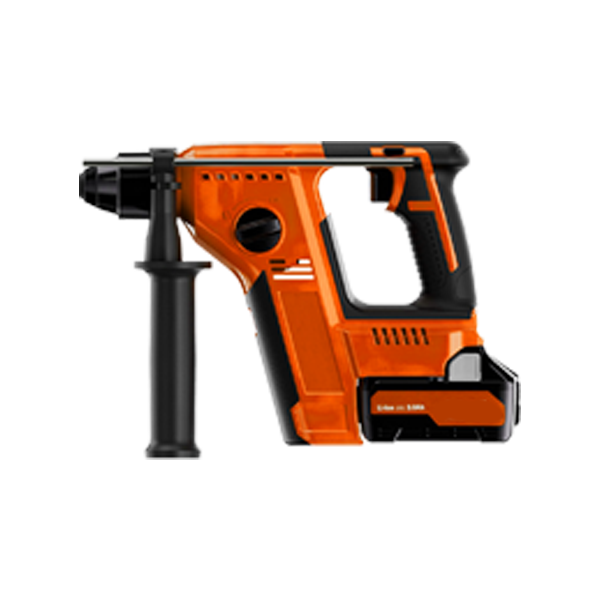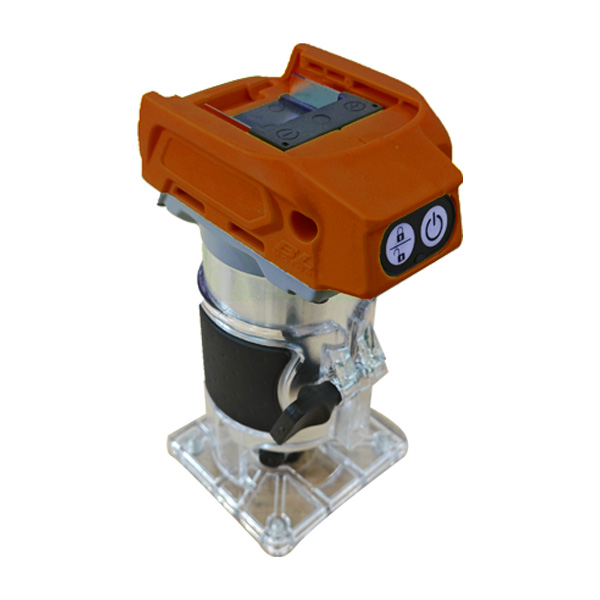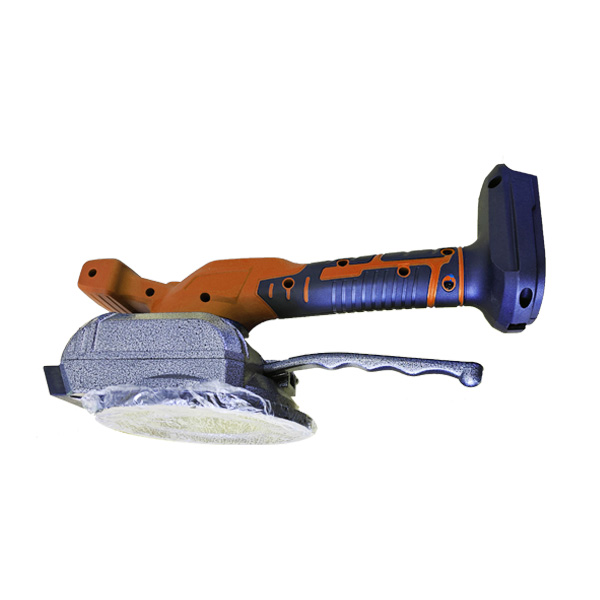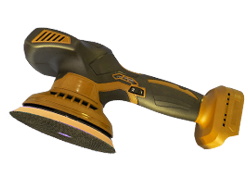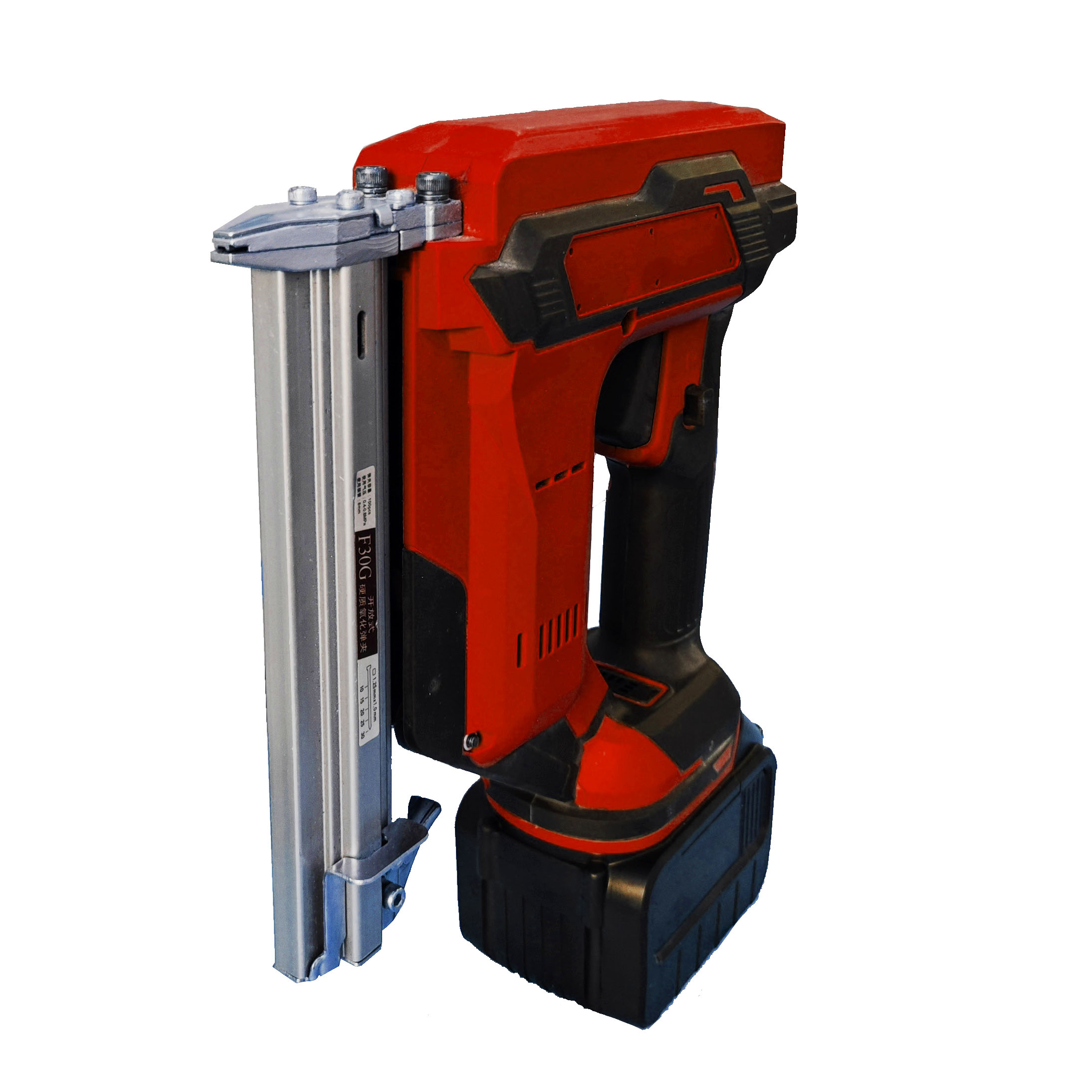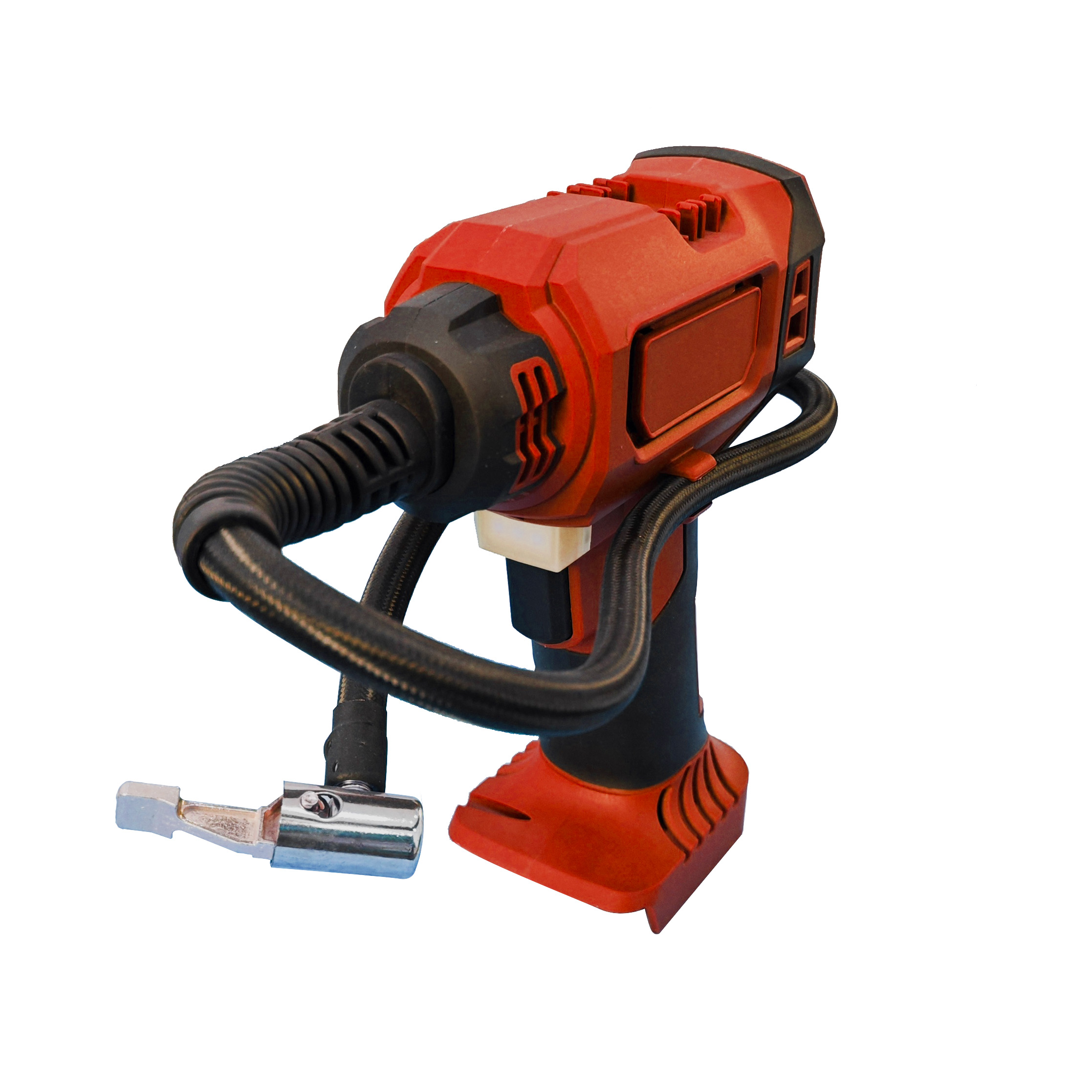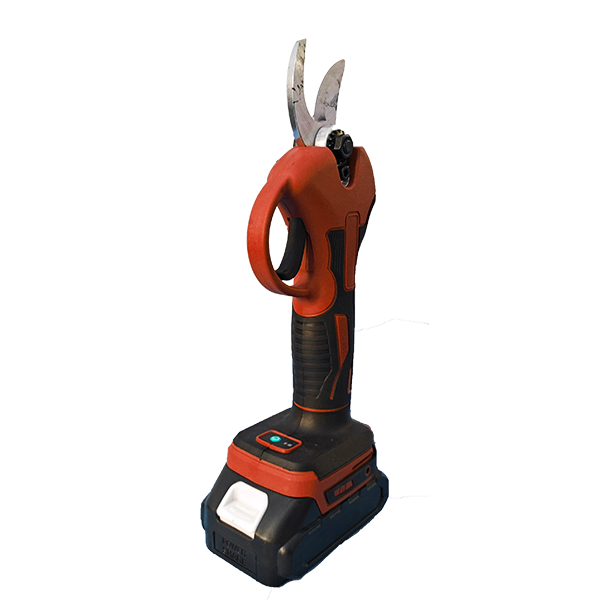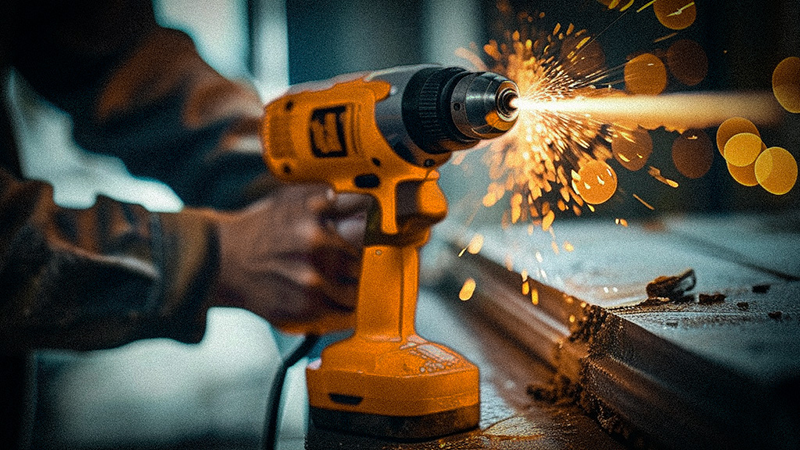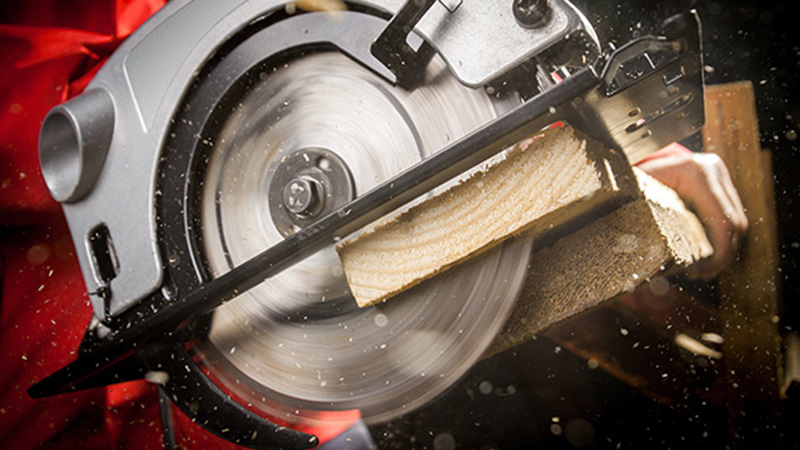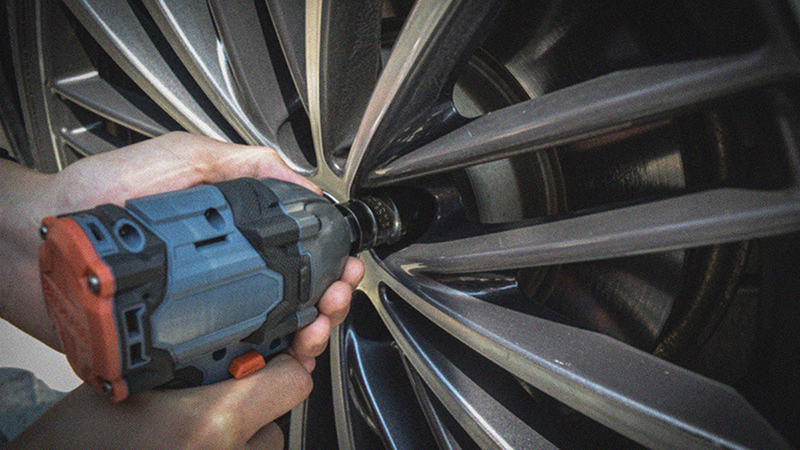Laser levels have revolutionized precision in both construction projects and DIY tasks. By emitting laser beams to create straight and level reference points, laser levels make alignment tasks faster and more accurate. This comprehensive guide will teach you how to use a laser level effectively, understand the different types available, and choose the best laser level for your needs. Whether you're a professional contractor or a DIY enthusiast, mastering laser level work is essential for achieving flawless results.
What Is a Laser Level?
A laser level is a tool that projects a laser beam to establish a straight and level reference line over a distance. Unlike traditional spirit levels, which are limited by their physical length, laser levels offer unparalleled accuracy and range, making them indispensable in modern construction and alignment tasks.
Laser levels emit either a laser line or a laser dot onto a surface, providing a constant level reference. They are used for various applications, such as installing tiles, hanging pictures, and aligning shelves. By projecting a level line, laser levels ensure that everything is perfectly aligned, both horizontally and vertically.
Discover our Laser Level SG-LL16-MX3, one of the best laser levels built for the construction site.
How Does a Laser Level Work?
Laser levels work by emitting a laser beam from a laser diode, which projects light onto a surface. The device is set on a tripod or flat surface, and once activated, it provides a straight and level reference point. This laser beam acts as a guide for aligning objects accurately.
Most modern laser levels are self-leveling, meaning they automatically adjust to find level. This is achieved through an internal pendulum and electronic self-leveling mechanisms. When the unit is turned on, the pendulum swings until it finds level, and the laser beam is projected accordingly. Self-leveling laser levels reduce the need to manually level the unit, which can save time and increase accuracy.
Types of Laser Levels: Finding the Best Laser Level for Your Needs
There are several types of laser levels, each designed for specific applications:
- Line Laser Levels: Project a horizontal and/or vertical laser line, ideal for aligning objects like tiles or shelves.
- Rotary Laser Levels: Emit a rotating laser beam 360 degrees around, perfect for large-scale construction projects and grading.
- Dot Laser Levels: Project single or multiple dots, useful for transferring points from one surface to another.
- Cross-Line Laser Levels: Emit two laser lines that intersect, forming a cross, perfect for tasks that require both vertical and horizontal alignment.
When looking for the best laser level, consider your project's requirements. If you need to work on both the horizontal and vertical planes, a self-leveling rotary laser level might be the best choice.
Explore our range of Rotary Laser Levels designed for professional use.
Why Choose a Self-Leveling Laser Level?
Self-leveling laser levels offer significant advantages over manual models:
- Time-Saving: Automatically self-levels, eliminating the need for manual adjustments using a bubble vial.
- Increased Accuracy: Reduces human error in leveling, providing a more precise level reference.
- Ease of Use: Simply set the laser on a surface or attach to a tripod, and it self-levels within seconds.
These features make self-leveling lasers ideal for professionals who need reliable and accurate tools for their projects.
Understanding Rotary Laser Levels
A rotary laser level projects a 360-degree rotating laser beam, creating a continuous horizontal or vertical plane. This type of laser level is particularly useful for:
- Grading and excavation.
- Installing ceilings and floors.
- Aligning walls and windows in large structures.
Some advanced models, like the Rotary Laser Level with Greenbrite Technology, offer improved visibility. Green lasers are more visible to the human eye compared to red lasers, making them suitable for outdoor construction.
Learn more about our Rotary Laser Level Pro Package that includes everything you need for professional leveling.
Using a Laser Level with a Tripod for Accurate Alignment
A tripod provides a stable platform for your laser level, allowing for precise adjustments in height and angle. To use a laser level with a tripod:
- Set Up the Tripod: Ensure it's on stable ground and level using the built-in spirit level.
- Attach the Laser Level: Secure the laser level to the tripod's mounting screw.
- Adjust and Level: Activate the laser level and let it self-level.
- Begin Work: Use the projected laser line or laser beam as your reference.
Using a laser level with a tripod is essential when working on uneven surfaces or when you need to elevate the laser for higher applications.
Tips for Using Laser Levels Outdoors
When using laser levels outdoors, visibility can be a challenge due to sunlight. Here's how to overcome this:
- Use a Laser Detector: A laser detector or receiver can pick up the laser beam even when it's not visible.
- Opt for Green Lasers: Green laser beams are more visible in daylight compared to red lasers.
- Work During Optimal Times: Early morning or late afternoon when sunlight is less intense.
- Protect the Laser Level: Use protective gear to shield the laser from dust and moisture.
Our Laser Level SG-LL05-MV1 is designed for outdoor use with enhanced visibility.
Laser Level Projects: Applications in Construction
Laser levels are versatile tools used in various construction projects:
- Framing Walls: Ensuring studs are aligned.
- Installing Tiles: Keeping rows straight and even.
- Hanging Drywall: Aligning sheets accurately.
- Grading: Setting slopes for drainage.
By providing a continuous laser line or laser beam, laser levels make it easier to achieve professional results.
Maintaining the Accuracy of Your Laser Level
To keep your laser level functioning at its best:
- Regular Calibration: Follow the manufacturer's instructions for calibration.
- Proper Storage: Store in a protective case to prevent damage.
- Handle with Care: Avoid dropping or jarring the device.
- Check Battery Life: Ensure the batteries are charged or replaced regularly.
Regular maintenance ensures the long-term accuracy of a laser level.
Choosing Between Red or Green Laser Beams
When selecting a laser level, you'll encounter red or green laser options:
-
Red Lasers:
- More common and cost-effective.
- Use less battery power.
- Suitable for indoor applications.
-
Green Lasers:
- Four times more visible than red lasers.
- Better for work outside or in bright conditions.
- Consume more battery power.
Consider where you'll be using the laser level most frequently to decide between red-beam laser level and green laser beam options.
Self-Leveling vs. Manual Laser Levels: Which Is Right for You?
Self-leveling laser levels automatically adjust to find level, while manual laser levels require you to level the device yourself:
-
Self-Leveling:
- Faster setup.
- Higher accuracy.
- Ideal for professionals and large projects.
-
Manual Laser Levels:
- More affordable.
- Suitable for simple tasks.
- Requires more time to set up.
If precision and time-saving are priorities, investing in a self-leveling laser is the better option.
Conclusion
Understanding how to effectively use a laser level can significantly improve the quality and efficiency of your projects. From choosing the right type of laser level to maintaining its accuracy, these tools are invaluable in achieving precise alignment and leveling.
Key Takeaways:
- Laser levels provide precise alignment using laser beams for various projects.
- Self-leveling lasers save time and increase accuracy.
- Rotary laser levels are ideal for large-scale construction and grading.
- Use a tripod for stability and accurate results.
- Green lasers offer better visibility for outdoor construction.
- Regular maintenance ensures the continued accuracy of a laser level.
Related Products:
Images:

Laser Level SG-LL16-MX3: Precision at its finest.

Rotary laser level projecting a 360-degree laser beam.
By following this guide, you're well on your way to mastering laser level work and enhancing the quality of your projects.
Post time: 12 月-18-2024

